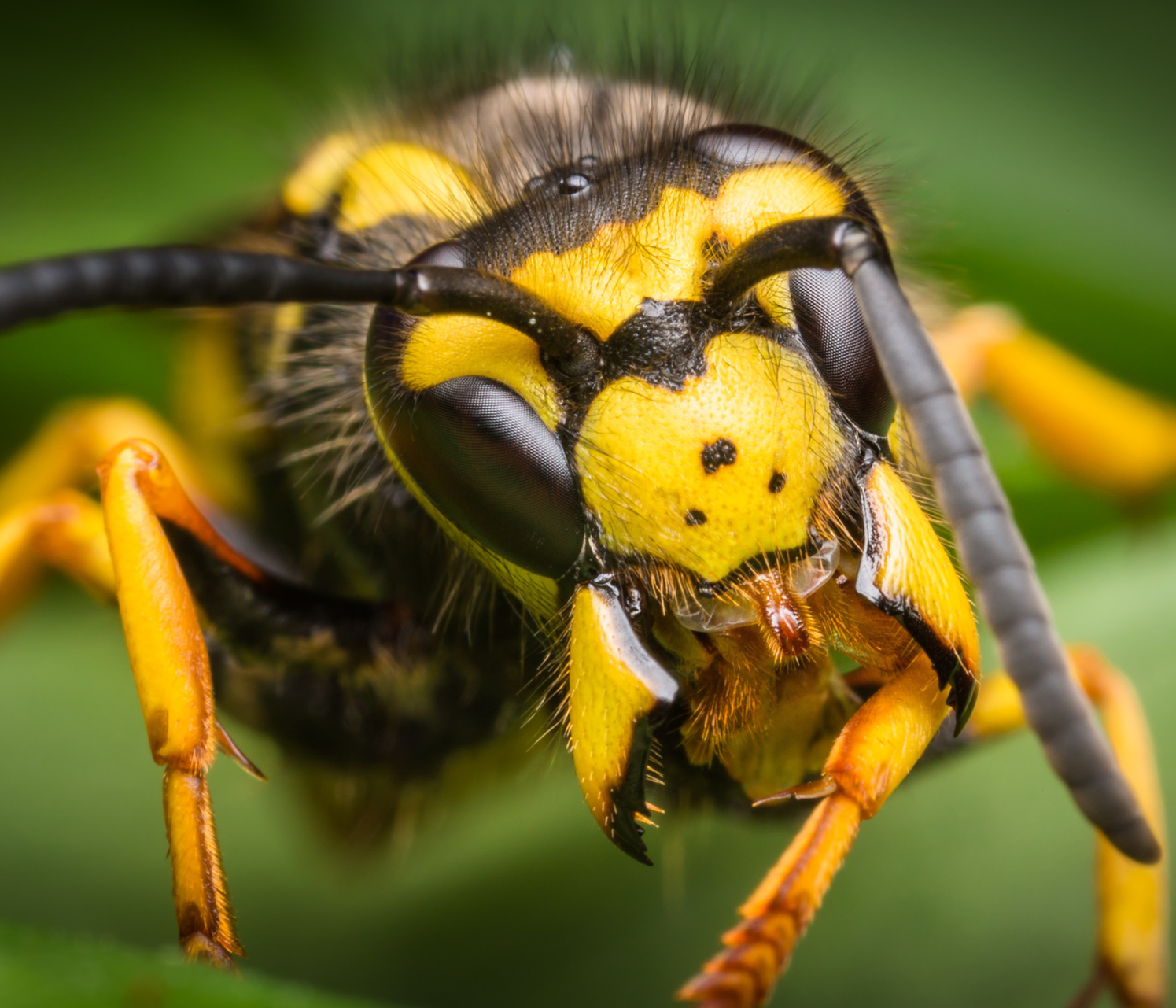Signs of a wasp nest in Reading
Posted on 24th April 2024 at 13:27
Signs of a wasp nest in Reading
Theres a saying about advice that goes: its more fun to give than receive and I always remember my dad delivering some well-meaning advice when we were out as a family one summers day, we are going back to the early 70’s mind you, I had a wasp flying round and round my head and he said, “Just stand still as it won’t sting you, if you don’t bother it, then it won’t bother you”. Wise words from my old dad, it’s just a shame that it went and stung me several seconds later.
I think that’s the problem with receiving advice, its often given solely from an individual’s point of view and that’s based on their previous experiences, so it doesn’t come from a point of authority as it were and has no more value that taking a random guess, and who wants to guess if you’re going to get stung by an angry wasp or not?
Well, as a pest controller who deals with a lot of wasps through the course of a year, I can tell you that they’re generally best avoided and my advice if you find yourself being “bothered” by a wasp, is to move quickly away from the area, don’t flap your arms at it, just shift away a few steps and see where it goes.
Wasps are known as insectivores which means that they eat fellow insects, they also like a quick drink of nectar and so they have an additional role as pollinators and you’ll find them everywhere come the summertime. However, if you have a lot of wasps flying about a particular area or you find yourself repeatedly getting harassed by them, you may have a wasp nest nearby. But, how do you know if there’s a nest around?
We have around seven different species of wasp living in the UK, and some of them prefer to build their nests underground, others will nest in trees and shrubs whilst many of them seek more secure sites like the void in a cavity wall that is accessed via an airbrick or a hole around a pipe and most commonly of all, gaps between roof tiles that lead right up to your loft.
No matter the nest location you can be sure of one thing and that’s lots of activity with wasps coming and going and all this action is visible and, even audible if you know what to look for and I’m about to tell you what that is.
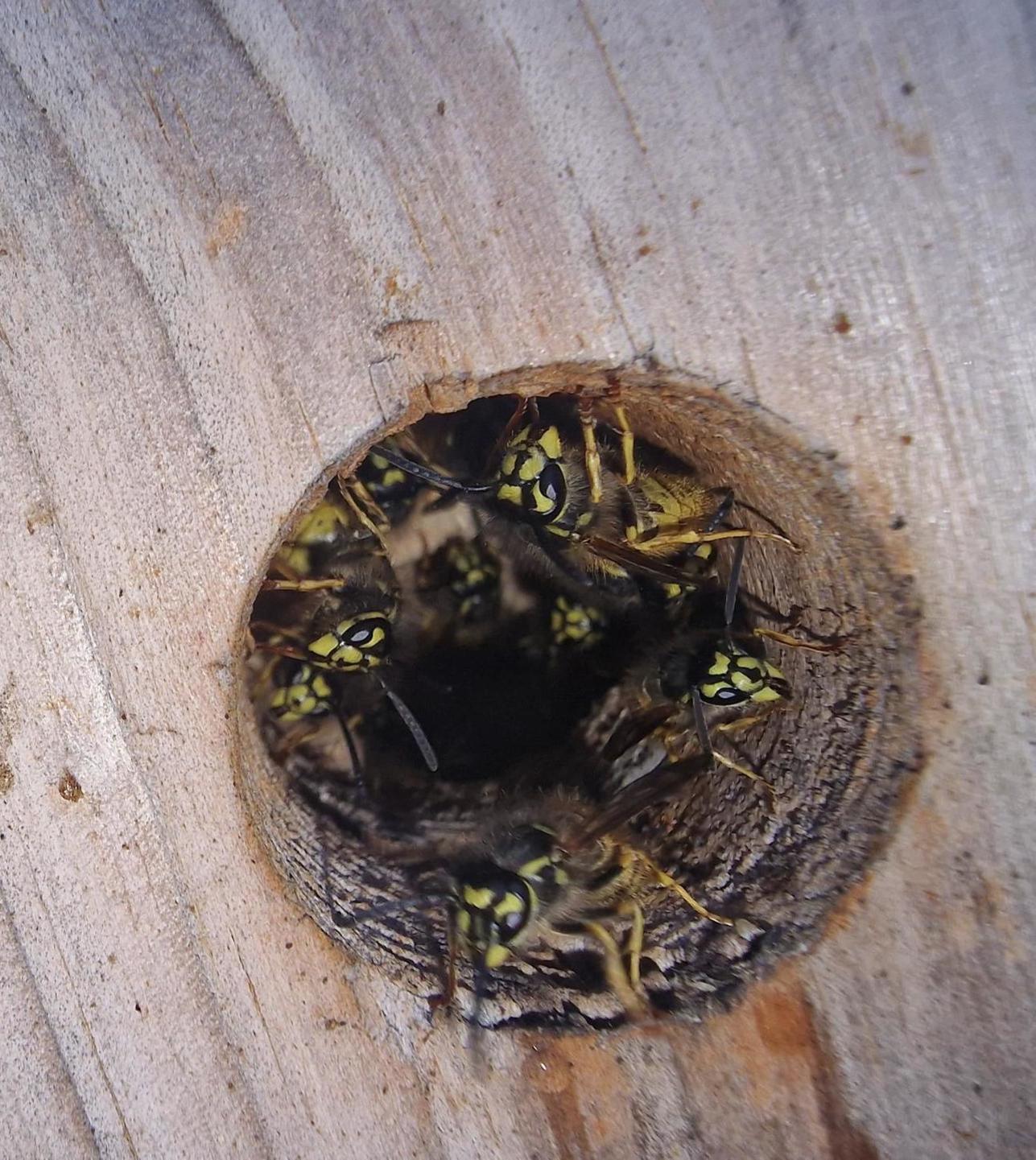
There are around highly four distinctive signs that indicate that you have a wasp nest nearby, and these are a clearly defined flightpath, wasps that keep appearing inside the house, the sound a wasp nest makes and lastly, wasps gnawing fresh scars on wood.
The Flightpath
The worker wasps which are the ones that we see flying around, only have a few weeks to live and in that time, they pack in every hour of every day with a combination of insect collecting, nest maintenance and egg laying. You see these wasps’ lay eggs which will become the colonies male wasps and the goal is for her offspring to breed with one of the many Queen wasps and pass on her DNA for another season.
They are also under a powerful pheromone control from the existing Queen wasp who lives deep inside the colony nest, her drivers are to protect the colony at all costs, bring in food, take out the waste and build. As the year slowly progresses, the wasp nest grows in size to house more larvae and all this activity shows up as a steady stream or flightpath of wasps going in and leaving the nest.
By midsummer, a good-sized wasp nest may contain as many as several thousand workers and more than half of these are engaged in foraging for insects and wood pulp and removing the waste matter. When you have this many flights coming in and out from a small area, a natural organisation takes place and you can see this as defined wasp flightpaths.
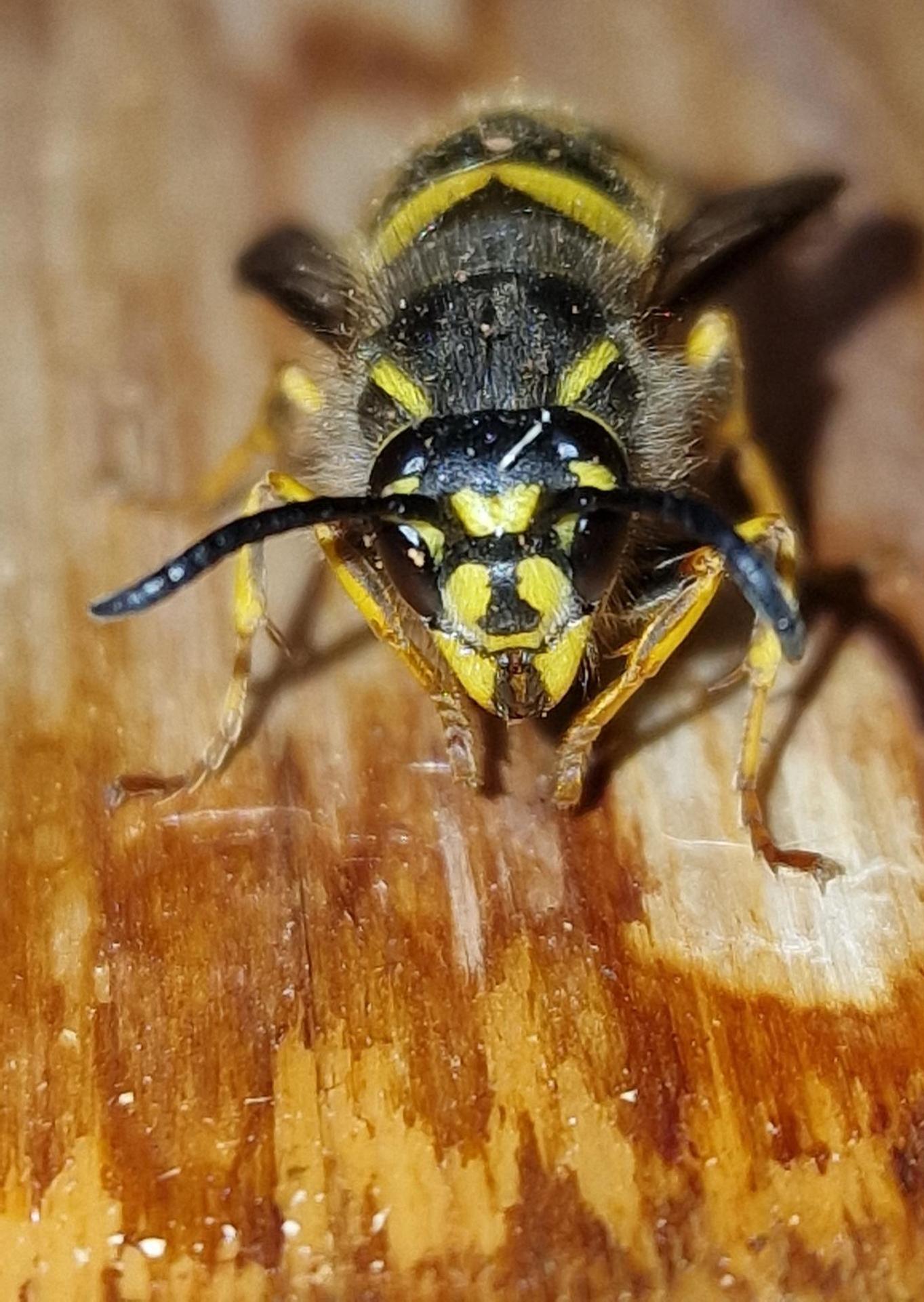
The Noise
What goes zubb zubb zubb? A bee flying backwards, yes I know it’s a terrible joke but while bees make a lot of easily heard buzzing noises, wasps aren’t exactly quiet and when there’s hundreds or thousands of them confined in a nest you can clearly hear a background humming noise to a nest.
The loudest noise they make though is breaking down the outer wood pulp sheath and rebuilding it to envelope more brood cells. We all know that wasps can sting but they can also inflict a painful bite, even though they don’t have any teeth.
Wasps have an outer set of razor sharp mandibles; think of the noise a pair of scissors make when you open and shut them – clack clack clack. Wasps make a clacking or grinding noise as they cut away the sheath and the chew up the pulp to make a replacement layer. Its so noisy that you can hear this through plasterboard = here’s another bit of advice = NEVER slap you hand on the wall to shut them up! It may not be as solid as you think!
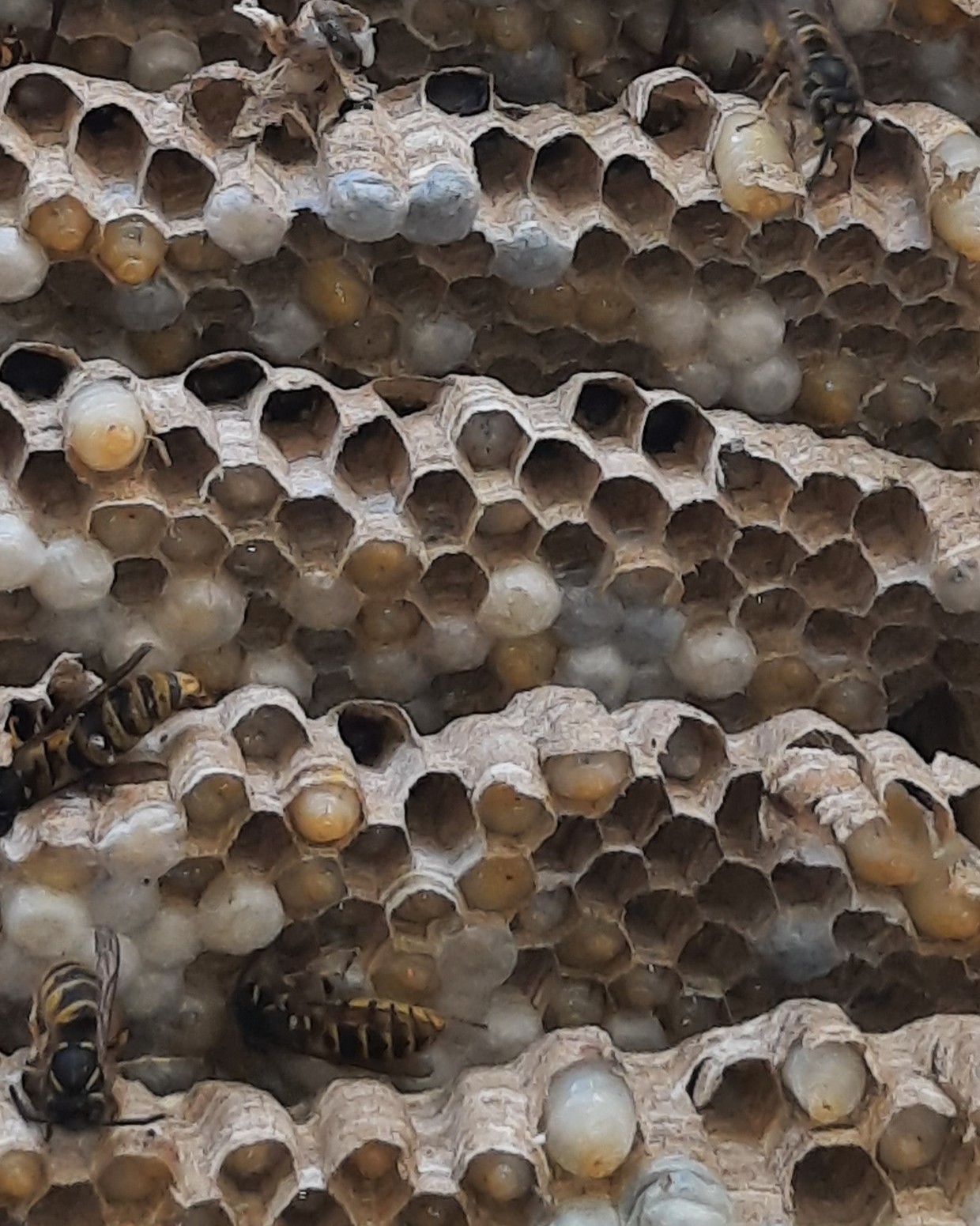
Harvesting Wood Pulp
Wasps use those razor sharp mandibles for catching prey and then stripping off unwanted parts like the insect’s wings, they can also use these in defence and obviously for the building works. The wasp nest is made from wood pulp which is a mixture of wood fibres and wasp spit, and they’ll get this material from fences, wooden furniture and old tree stumps or exposed timber.
You can see where wasps have been out stripping wood because of clean fresh scars where the oxidised outer layer has been taken off, as wasps won’t fly far to get this material if you have a fence panel that’s covered in scars, the chances are that you’ve got a nest nearby.
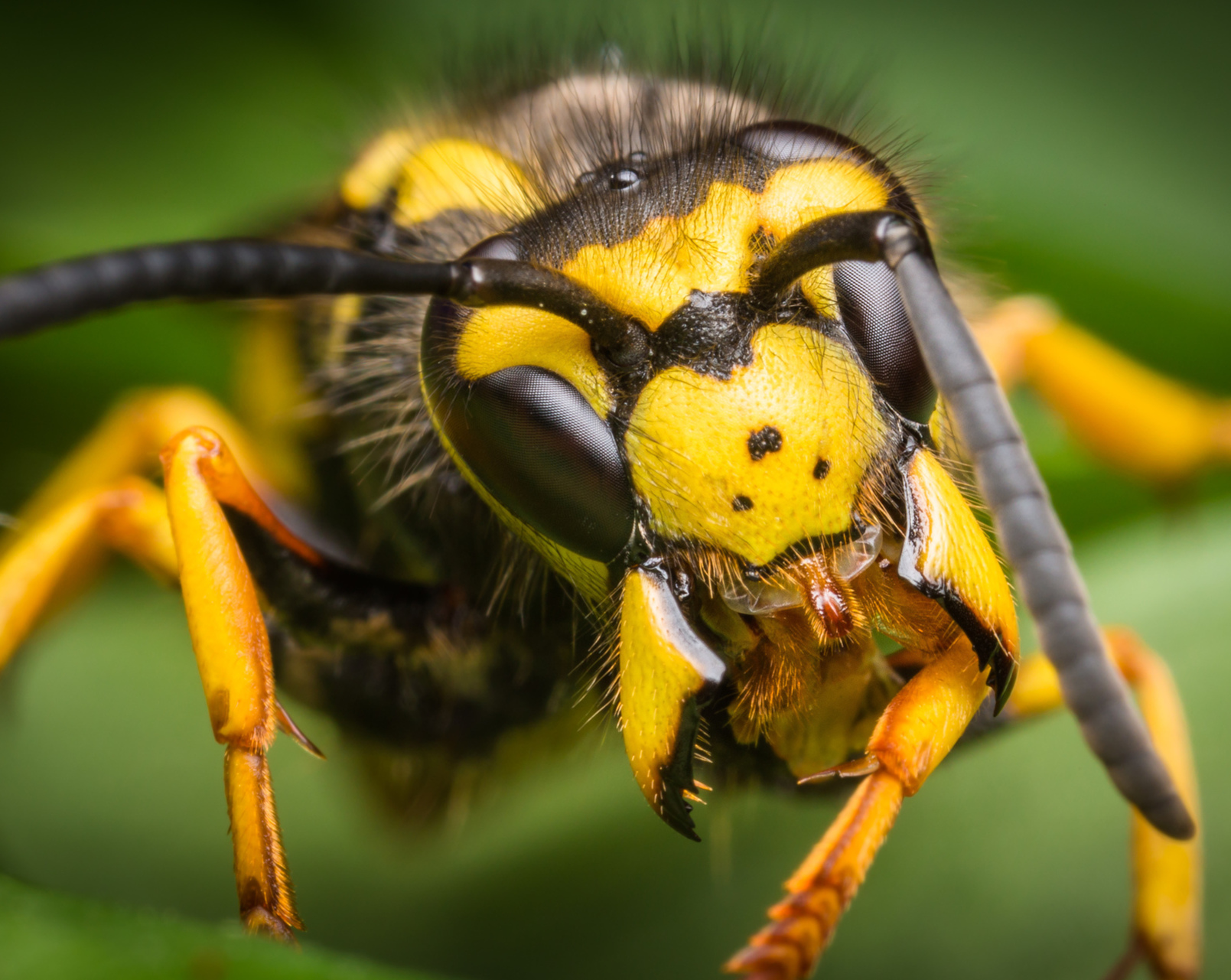
Finding Wasps
Many people don’t realise that they’ve got a wasp nest up in their loft until they make the annual trek up the ladder to get the cases down before jetting off on holiday; we all do it. You open the hatch, wrestle with the ladder and the implausible locking mechanism, once that’s done its time to ascend up into the dark, spider infested loft and at this point, you’ll switch the light on.
That’s when you discover wasps. Most wasps will be either inside the nest doing waspy things or out flying about on one of their other tasks, however there are always a small number of wasps on the outside of the nest, building and guarding the colony.
Wasps don’t fly at night although they are active inside the nest, when a light is switched on or if light comes up from bathroom vents or where down lights are fitted, you will find that they fly towards the light to investigate what’s going on and so you may find that wasps keep appearing in one room. Usually they’ll be flying up and down the window but if you keep on finding them every day, you’ve got a wasp nest in the loft.
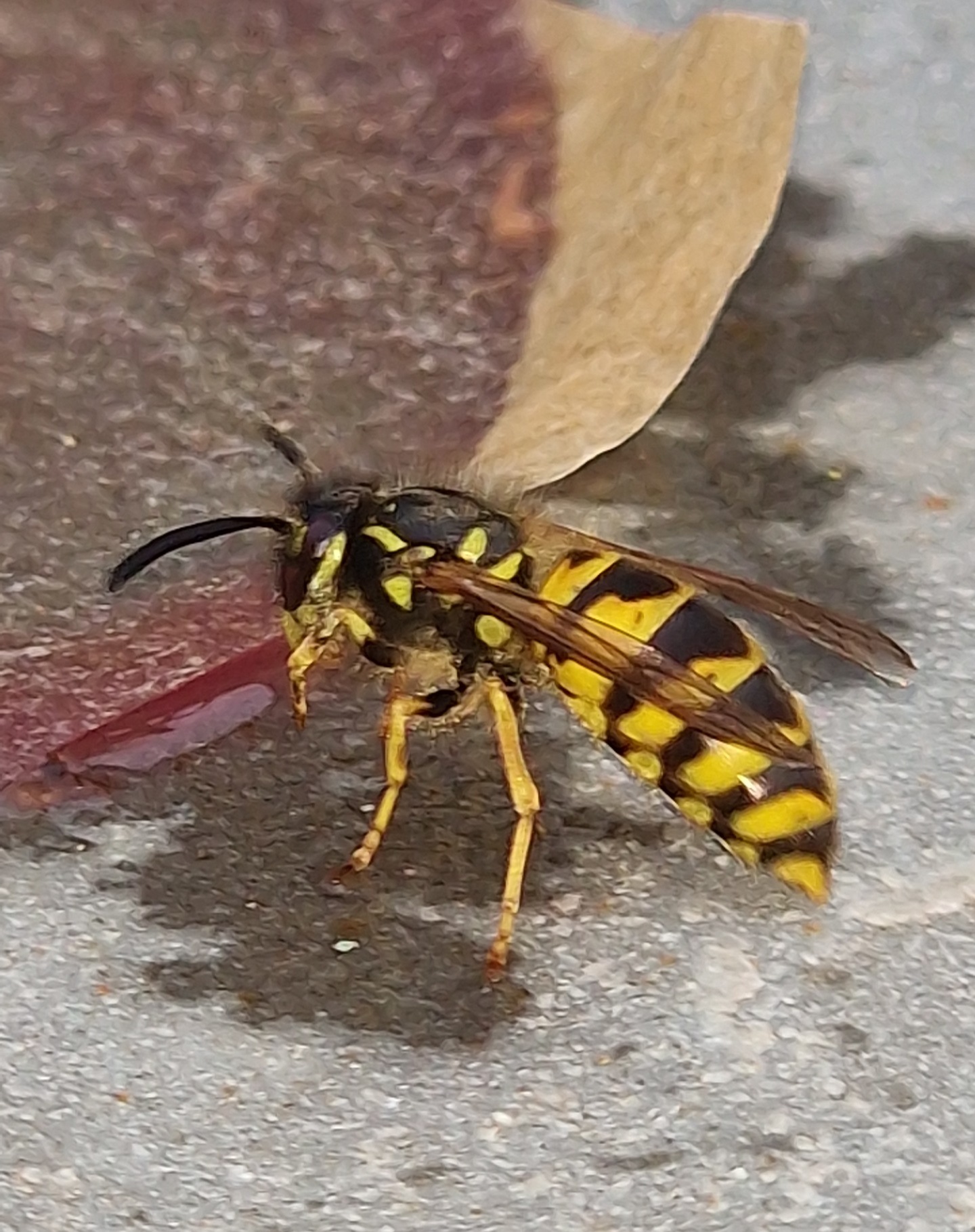
A bit more free advice for you, wasps always become a bigger problem if left well alone, the idea of them not bothering you if you leave them alone isn’t quite right, by the end of the season, your wasp nest may contain many thousands of wasps. And like anything, they need feeding and they’ll get grouchy when they’re hungry, during the active period of a wasp nest it’s the larvae that feed the adult workers.
The deal is, the workers feed and care for the larvae and to ensure that they do, those grubs will regurgitate some of their food for the wasps to eat, well, they don’t have any teeth, so a part digested meal is perfect for them. Come the autumn or even earlier for the Saxon wasp; sometime around August, the Queen dies, and no more eggs will be laid. Without the Queen to keep on laying eggs, those few remaining larvae cannot feed the entire colony, so the wasps have to find alternative sources of food.
Like when I was a boy, this is where they’ll hassle you for the sugar from sweet drink in your hand and if you combine this with the sudden disappearance of the controlling pheromone, you’ve got an entire colony of worker wasps, all hungry and all bewildered with nothing to do. The Saxon wasp is quite spectacular when the colony collapses; they finish early and the Saxon Queens take flight and leave the nest, you will find yourself literally surrounded by wasps, they’ll be on every surface, thousands of them, just walking about, and there’s nothing you can do.
If you see any of the four signs of wasp activity in Reading, get us out to deal with the nest and eliminate the colony, the best time for wasp control is from June to July. Wasp control is relatively easy and not at all expensive, its far better to get rid of a wasp nest earlier than later, after the Queen wasp has died there’s almost nothing that we can do.
Reading Pest Control total wasp control in Reading and Woodley.
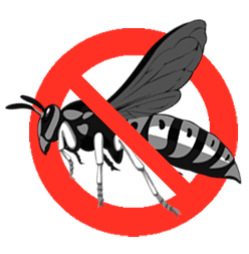
Tagged as: Bee's and wasps
Share this post:







